
Insights on Generational Returns Preferences
Learn the strategies that businesses are leveraging to ensure customer satisfaction across generational divides!
Shipping, Tracking & Notifications
Boost customer experience and reduce support tickets
Realtime order and shipment tracking
Proactive order and shipping notifications
AI-Enhanced Discounted Labels
Predictive pre-purchase estimated delivery dates
Self-Serivce branded order tracking
Effortless experience delivered
Identify and Resolve Order Issues
Realtime order and shipment tracking
Make returns profitable and delight customers
Flexibility to define any return destinations & conditions
Simplify returns for your customers and team
Incentivize exchanges over returns
Returns management made easy for your team
Returns management made easy for your team
Easy claims and smart upsells
Understand why your customers are returning
In-Store & Curbside Pickup
Unify the online and the in-store experience
Hassle-free pickup experience for customers
In-Store dashboard to keep operations streamlined
In-Store and Online orders unified
Drive foot-traffic to your stores
Shipping, Tracking & Notifications
Boost customer experience and reduce support tickets
Realtime order and shipment tracking
Proactive order and shipping notifications
AI-Enhanced Discounted Labels
Predictive pre-purchase estimated delivery dates
Self-Serivce branded order tracking
Effortless experience delivered
Identify and Resolve Order Issues
Realtime order and shipment tracking
Make returns profitable and delight customers
Flexibility to define any return destinations & conditions
Simplify returns for your customers and team
Incentivize exchanges over returns
Returns management made easy for your team
Returns management made easy for your team
Understand why your customers are returning
In-Store & Curbside Pickup
Unify the online and the in-store experience
Hassle-free pickup experience for customers
In-Store Dashboard to keep operations streamlined
In-Store and Online orders unified
Drive foot-traffic to your stores
Boost customer experience and reduce support tickets
Realtime order and shipment tracking
Proactive order and shipping notifications
AI-Enhanced Discounted Labels
Predictive pre-purchase estimated delivery dates
Self-Serivce branded order tracking
Effortless experience delivered
Make returns profitable and delight customers
Flexibility to define any return destinations & conditions
Simplify returns for your customers and team
Incentivize exchanges over returns
Returns management made easy for your team
Equip your team for precise return checks.
Easy claims and smart upsells
Understand why your customers are returning
Unify the online and the in-store experience
Hassle-free pickup experience for customers
In-Store Dashboard to keep operations streamlined
In-Store and Online orders unified
Drive foot-traffic to your stores
Find the answer to all your questions
Take a step by step trip through our functionality to see how we can improve your ecommerce processes.
Explore the most comon questions about WeSupply
Calculate the ROI that WeSupply can bring you
Read actionable articles on how to optimize your post-purchase experience and decrease support tickets
Get inspired by stories of how our customers implemented an effortless post-purchase experience
Wondering if WeSupply is a good fit for you? Read through our use cases to see how we can help you increase conversion & improve CX!
A Deep Dive into Top Companies' Order Tracking & Returns Strategy
Find the answer to all your questions
Explore the most comon questions about WeSupply
Calculate the ROI that WeSupply can bring you
Request a no strings attached review of your current shopping experience and missed conversion opportunities
Take a step by step trip through our functionality to see how we can improve your ecommerce processes.
Read actionable articles on how to optimize your post-purchase experience and decrease support tickets
Get inspired by stories of how our customers implemented an effortless post-purchase experience
A Deep Dive into Top Companies' Order Tracking & Returns Strategy
Wondering if WeSupply is a good fit for you? Read through our use cases to see how we can help you increase conversion & improve CX!
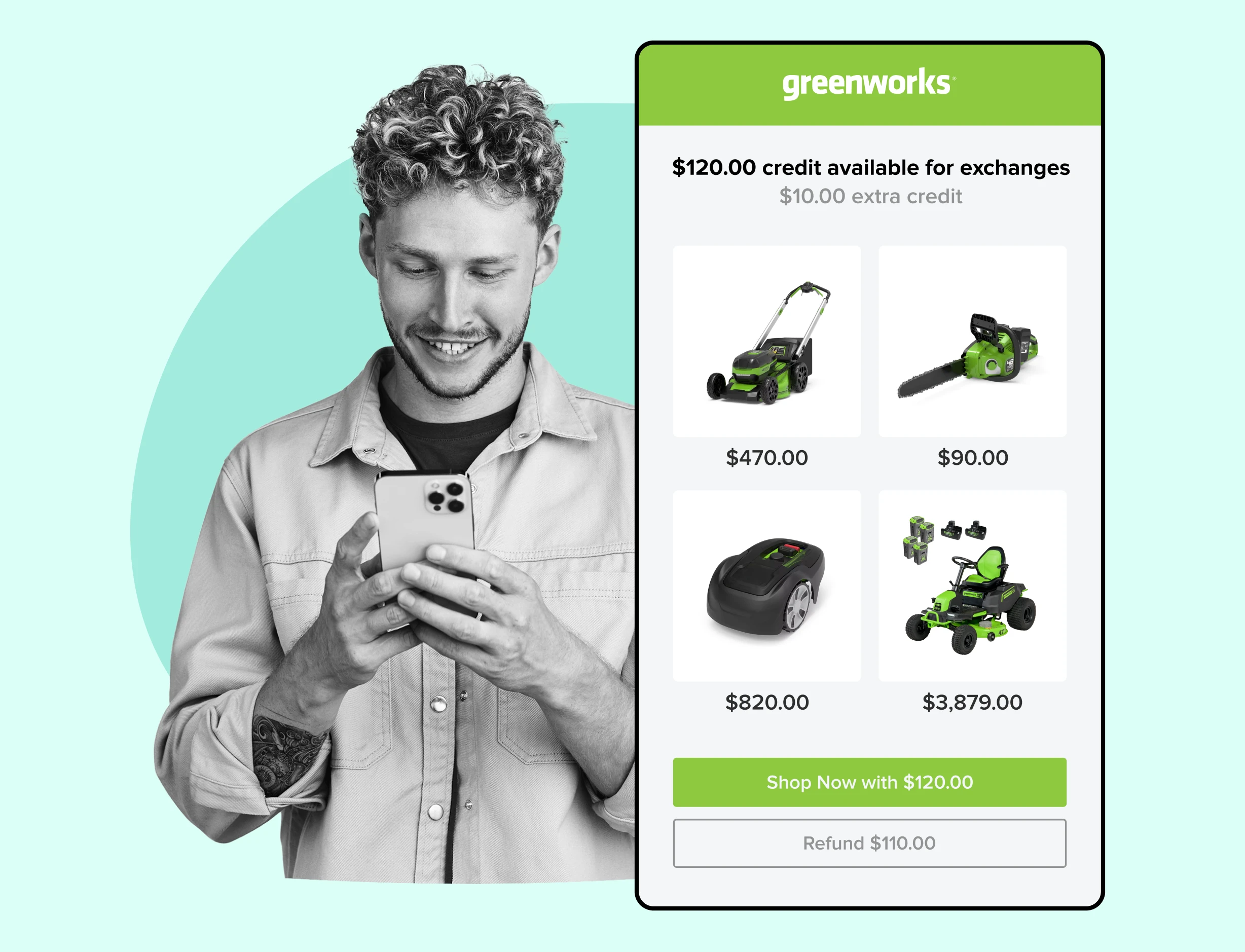
Reducing customer acquisition cost is key for business growth. How can you ensure you’re not overspending to attract new customers? This article cuts straight to actionable strategies to calculate and reduce your customer acquisition cost. From understanding the fundamentals to implementing advanced tactics, you’ll gain essential knowledge to control CAC and optimize your returns — all without the fluff.
Understanding and optimizing Customer Acquisition Cost (CAC) is vital for sustainable business growth, with a focus on zero and first-party data collection, personalized strategies, like those offered by Preezie, and detailed customer profiles to maintain effective acquisition costs amidst privacy changes and increased competition.
Accurate CAC calculation is imperative and should include all associated costs such as marketing, wages, and overhead, with the benchmark of spending no more than one-third of Customer Lifetime Value (CLV) on acquiring a new customer to ensure business profitability and viability.
Effective reduction of CAC involves employing a variety of strategies, including streamlining the sales process, using data-driven campaigns, focusing on customer retention, embracing organic marketing channels like SEO, and implementing advanced tactics such as AI and automation to maintain efficiency and increase Average Order Value.
WeSupply streamlines your customer acquisition strategy, enhancing ROI with data analytics and efficient operations. Track CSAT and NPS, transform returns into exchanges to boost retention and value, and gain insights to reduce return rates. Automate returns to save time and reduce errors. Optimize spend and impact with WeSupply. Start transforming your business today with WeSupply!
CAC is the lifeblood of any growing business. It measures the resources an organization spends to gain a new customer, encompassing all sales and marketing efforts, and related expenses. The calculation of CAC can be performed using a simple formula, CAC = MCC ÷ CA, where MCC is the total marketing campaign costs related to acquisition, and CA is the total number of customers acquired. Alternatively, a more complex calculation method incorporates additional costs such as wages, software, and professional services, to provide a more comprehensive understanding of CAC.
Understanding and optimizing CAC is crucial for businesses, especially in the face of 2024’s challenges such as declining third-party cookies and increasing advertising competition. These factors directly impact acquisition costs and strategies.
Businesses are encouraged to:
Focus on zero and first-party data collection
Build detailed shopper profiles for direct customer relationships and effective retargeting.
One major challenge for customer acquisition in 2024 is the imminent end of third-party cookies, which will fundamentally change online data tracking and targeted advertising. The escalation of competition and costs in advertising spaces is another significant challenge, as the growing number of e-commerce businesses vie for visibility in a limited advertising landscape.
Privacy concerns and browser restrictions are prompting brands to seek alternative solutions for customer acquisition due to the phasing out of third-party cookies. Brands are encouraged to diversify and be creative in advertising, including leveraging micro-influencers and fostering authentic engagement in niche online communities to overcome the rising ad competition and costs.
Understanding the dynamics of CAC is key to sustainable business growth. Adapting to the removal of third-party cookies and the rise in ad costs is essential for maintaining sustainable business growth, as these challenges affect the accuracy of targeting and potential revenue.
Analyzing the average customer acquisition cost (CAC) alongside Customer Lifetime Value (CLV) or Monthly Recurring Revenue (MRR) is crucial to determine the efficiency and profitability of a company’s operations. To calculate customer acquisition cost, a recommended benchmark for sustainable customer acquisition is spending no more than one-third of a customer’s lifetime value on acquiring them, highlighting why customer acquisition cost important for long-term business viability.
CAC measures how much an organization spends to acquire new customers. It includes the total cost of:
sales
marketing efforts
property
equipment needed to convince a customer to buy a product or service.
It is essential to analyze CAC in conjunction with Lifetime Value (LTV) to assess a company’s efficiency in acquiring and retaining profitable customers.
In the context of ecommerce and digital marketing, CAC is used to calculate the value of a customer to the organization and the return on investment (ROI) of acquisition strategies.
An effective way to calculate CAC allows ecommerce and digital marketing efforts to be evaluated for their profitability and sustainability.
The components of CAC calculation include marketing expenses, sales expenses, and overhead costs. The simple method for calculating CAC is dividing the total marketing campaign costs related to acquisition (MCC) by the total number of customers acquired (CA). A more comprehensive method incorporates additional costs such as wages, software, and professional services.
Costs should be amortized over the period they are expected to generate customers, such as trade show expenses, to reflect a more accurate ROI and CAC. CAC should not include costs associated with maintaining existing customers or growing their usage of your product, which helps maintain the purity of the metric.
If a company’s CAC is higher than the average Customer Lifetime Value (CLV), the business cannot be viable, indicating the importance of maintaining CAC at a sustainable level. A common benchmark for CAC is to be spending 33% or less of the customer’s lifetime value, showcasing its critical role in profitability.
Measuring and tracking CAC is essential for predicting the success or failure of new and established businesses. It represents the total price a business pays to convert a lead into a sale, including costs for research, lead generation, and sales personnel.
To identify the target audience, businesses must understand who is most likely to benefit from their products or services and tailor their marketing strategies accordingly.
Crafting buyer personas involves creating detailed profiles of ideal consumers based on factors like:
age
job title
education level
income
goals
pain points
hobbies
Buyer personas help businesses understand and anticipate the needs of their target audience, enabling them to design products and services that address specific customer needs.
Businesses should conduct market research and use analytics tools, such as Google Analytics, to understand the behaviors and preferences of their target audience.
Analyzing customer feedback through surveys can validate the defined target audience and help refine marketing strategies for greater personalization and impact.
At WeSupply, leveraging data analytics is fundamental to enhancing customer behaviors and preferences understanding. We champion a data-driven approach to ensure businesses can optimize post-purchase experiences and foster customer satisfaction. By providing tools to track key metrics such as CSAT and NPS, we empower retailers to fine-tune their services based on real feedback. This meticulous approach helps identify the root causes of any issues, whether they relate to order fulfillment times, product quality, or other factors, thereby facilitating targeted improvements and fostering a delightful customer experience.
This section will cover a wide range of tactics for reducing CAC and maximizing the impact of marketing and sales efforts.
Implementing a CRM (customer relationship management) system is crucial for managing leads and customers efficiently, leading to a more effective sales pipeline and improved customer service.
Training sales teams on effective selling techniques is important to increase their ability to close deals and streamline the sales process.
The integration of WeSupply and Justuno offers innovative strategies for optimizing customer acquisition costs and streamlining the sales process. By transforming the order tracking page into a dynamic sales platform, visited on average 3.6 times per order, businesses can showcase relevant offers, hot deals, and discount codes through eye-catching pop-ups and banners. This integration moves beyond generic interactions, offering personalized post-purchase experiences with smart product recommendations tailored to each customer’s purchase history and behavior. Leveraging powerful user segmentation and algorithms, the partnership enables effective upselling and cross-selling strategies, boosting the average order value and driving additional revenue by highlighting popular or relevant products, thus efficiently reducing acquisition costs and enhancing sales efficiency.
Data-driven marketing relies heavily on customer information to establish campaigns that predict customer needs, desires, and behaviors for more personalized strategies. Audience segmentation allows businesses to deliver ads that are finely tuned to the needs and interests of different customer groups.
WeSupply Analytics empowers businesses to lower customer acquisition costs and boost marketing effectiveness through data-driven insights:
Returns Analytics: Understand and reduce product returns by identifying trends and obtaining customer feedback.
Post-Purchase Notifications: Use high-open-rate post-purchase emails and SMS for proactive notifications and personalized offers.
By applying these strategies, companies can make informed decisions to lower acquisition costs and drive more effective, data-driven marketing campaigns. Ready to revolutionize your customer experience? Book a demo with us today and take the first step towards seamless efficiency!
Combat inconvenience with proactivity & self service
Book a quick call with our experts to see how WeSupply can help you make returns easy for your customers with a beautiful, self-service solution that makes their experience easier while also providing new ways to lower costs and earn back revenue.
Improving customer retention by enhancing customer services and resolving issues promptly can keep CAC low, as retaining existing customers is often more cost-effective than acquiring new ones.
Employing retargeting strategies can bring potential customers back into the conversion funnel, providing higher conversion rates at a lower CAC compared to one-time campaigns.
WeSupply offers strategic solutions for optimizing customer acquisition costs by focusing on customer retention through an efficient and user-friendly returns management system:
Incentivize Exchanges Over Returns: Encourage customers to opt for exchanges or instant store credit to maintain engagement and uplift the average order value.
Refund Alternatives: Strengthen customer loyalty by providing refunds as store credit, gift cards, or coupon codes, enticing customers to return and shop again.
Ease of Exchanges: Simplify the exchange process, guiding customers back to the website, thereby improving the shopping experience and fostering customer loyalty.
Through these strategies, WeSupply helps businesses reduce customer acquisition costs by converting returns into opportunities for customer retention and increased revenue.
We’ll delve into strategies for utilizing organic marketing channels and prioritizing customer experience to lower CAC.
SEO can significantly reduce customer acquisition costs by:
Increasing organic traffic, which is generally more trusted by users than paid advertisements
Emphasizing empathy in content creation
Focusing on solving customer pain points
These strategies can attract qualified traffic and reduce CAC.
Producing high-quality, relevant content that resonates with the target audience and addresses their concerns can lead to better user engagement and lower bounce rates, ultimately contributing to a lower CAC.
Reducing bounce rates through website optimization and content relevancy can enhance user experience, which may result in higher conversion rates and reduced CAC.
In this section, we’ll discuss innovative approaches to further reduce CAC through technology and operational efficiency.
Improving customer retention is intertwined with customer acquisition and can reduce acquisition costs by increasing the customer lifetime value, thus boosting AOV.
Utilizing web design to highlight higher-priced plans can effectively guide customers towards more expensive purchases, thus increasing AOV.
AI solutions can take marketing automation to the next level, helping to automate social media conversations, optimize content, and improve targeting tactics, thereby increasing efficiency and lowering customer acquisition costs.
Retargeting is a strategy where technology is used to keep a brand in the view of potential customers who have previously interacted with it, which can boost conversions and reduce customer acquisition costs.
WeSupply implements advanced tactics to lower Customer Acquisition Costs (CAC) by leveraging technology and operational efficiency:
Ecommerce Exchanges: Transform the returns process to favor exchanges over refunds, encouraging customer retention and increasing average order values.
Enable exchanges for any item or value.
Incentivize the selection of instant store credit over refunds.
Facilitate easy customer returns to the website for seamless shopping experiences.
Returns Analytics: Gain insights into product returns and customer behavior to reduce return rates and enhance customer satisfaction.
Identify trends in returned products and reasons for returns.
Pinpoint serial returners and tailor strategies to mitigate losses.
Automated Returns Management: Streamline returns with automation, significantly saving time and reducing errors.
Automate and simplify the return process.
Minimize returns fraud and human errors.
Collect valuable customer feedback and images during the return process.
By integrating these strategies, WeSupply helps businesses reduce CAC through improved operational efficiencies and better customer retention. Discover how to slash your Customer Acquisition Costs with WeSupply. Book your demo today and start transforming your returns process!
Speed up returns process
Book a quick call with our experts to see how WeSupply’s self-service returns makes it super easy for your customers to return anything, anytime – without needing to submit customer support tickets or call in!
We’ll look at the relationship between CAC and LTV and its impact on business health.
The LTV:CAC ratio is crucial for evaluating business health and determining how much can be spent on acquiring new customers while still ensuring profitability.
A good LTV:CAC ratio is considered to be 3:1 or higher, meaning for every dollar spent on acquisition, at least three dollars are made in return.
Strategies for optimizing CAC while maximizing LTV include focusing on marketing conversion rates, reducing cost per lead, and enhancing the sales process for efficiency.
Increasing LTV can be managed by offering additional products or services, improving purchase frequency or value, and by leveraging customer acquisition and product development.
We’ll talk about the importance of setting goals, monitoring progress, and continuously optimizing acquisition strategies.
Setting realistic CAC targets is crucial because it ensures that goals are attainable and aligned with the overall business objectives and resources. To set effective CAC goals, businesses should conduct thorough research to understand their target audience’s preferences and behaviors.
Continuous tracking and analysis of key metrics and analytics are essential for optimizing customer acquisition objectives and making data-driven adjustments.
Flexibility and adaptability in adjusting customer acquisition strategies are crucial for responding effectively to market changes and customer behaviors, helping businesses to acquire customers.
At WeSupply, we champion the philosophy that a data-driven approach is key to business success, especially when it comes to post-purchase customer experience. Our Logistics Analytics platform enables you to track and improve key metrics such as CSAT and NPS, essential for measuring success and driving continuous improvement. By understanding what works and what doesn’t, businesses can fine-tune their operations, leading not only to enhanced customer satisfaction but also to a significant boost in Return on Investment (ROI). With the right analytics tools, any challenge in retail can be addressed effectively, ensuring that every decision contributes to higher profitability and better customer experiences. Ready to see how WeSupply can elevate your ROI? Use our ROI Calculator to discover the potential impact on your business.
In conclusion, understanding and mastering CAC is a continuous journey. It requires ongoing learning, testing, and iterative improvement in customer acquisition practices.
WeSupply offers comprehensive solutions aimed at mastering Customer Acquisition Costs by leveraging data analytics and operational efficiencies. The platform provides detailed post-purchase analytics, enabling businesses to track crucial metrics like Customer Satisfaction and Net Promoter Score for continuous improvement. It also transforms returns into exchanges, encouraging customer retention and increasing average order values while offering insights into returns to reduce rates and improve customer satisfaction. Automated returns management streamlines processes, reducing time, fraud, and errors. By focusing on these areas, WeSupply helps businesses minimize spend and maximize impact, ultimately boosting Return on Investment and ensuring long-term customer loyalty. Ready to revolutionize your returns and master your costs? Get started with WeSupply today and see the difference!
The main difference between CPA and CAC is that CPA focuses on the cost to generate contact with potential customers, while CAC assesses the cost of acquiring paying customers. This distinction helps businesses understand their marketing and acquisition costs effectively.
Acquisition costs can include expenses like advertising, marketing, and customer service costs associated with expanding an existing company. For example, if a company spent $10,000 on promotion and gained 100 customers, the acquisition cost would be $100 for the year.
A good customer acquisition cost (CAC) is ideally about 3 times lower than your customer lifetime value (CLV), ensuring that your CAC is lower than the CLV indicates a good CAC.
WeSupply leverages data analytics and operational efficiencies to improve post-purchase experiences, which in turn enhances customer retention and satisfaction. By focusing on these areas, businesses can reduce their spend and increase the impact of each customer interaction.
WeSupply provides detailed analytics that allow businesses to track crucial metrics such as Customer Satisfaction (CSAT) and Net Promoter Score (NPS). This data helps in making informed decisions for continuous improvement.
By providing a seamless post-purchase experience, including efficient handling of returns and exchanges and actionable insights from data analytics, WeSupply helps businesses build trust and maintain long-term relationships with their customers.
To get started with WeSupply, you can sign up for the service and begin integrating its analytics and returns management tools into your post-purchase processes. This will allow you to immediately start tracking key metrics and optimizing your customer acquisition and retention strategies.

Learn How To Create Successful Post Purchase Email Campaigns
Build an effective post-purchase email flow that helps you increase customer satisfaction and drive revenue growth!

Learn the strategies that businesses are leveraging to ensure customer satisfaction across generational divides!

Economy shipping: Let’s clarify the concept, illustrate its benefits, and guide you on when and how to use economy shipping effectively!
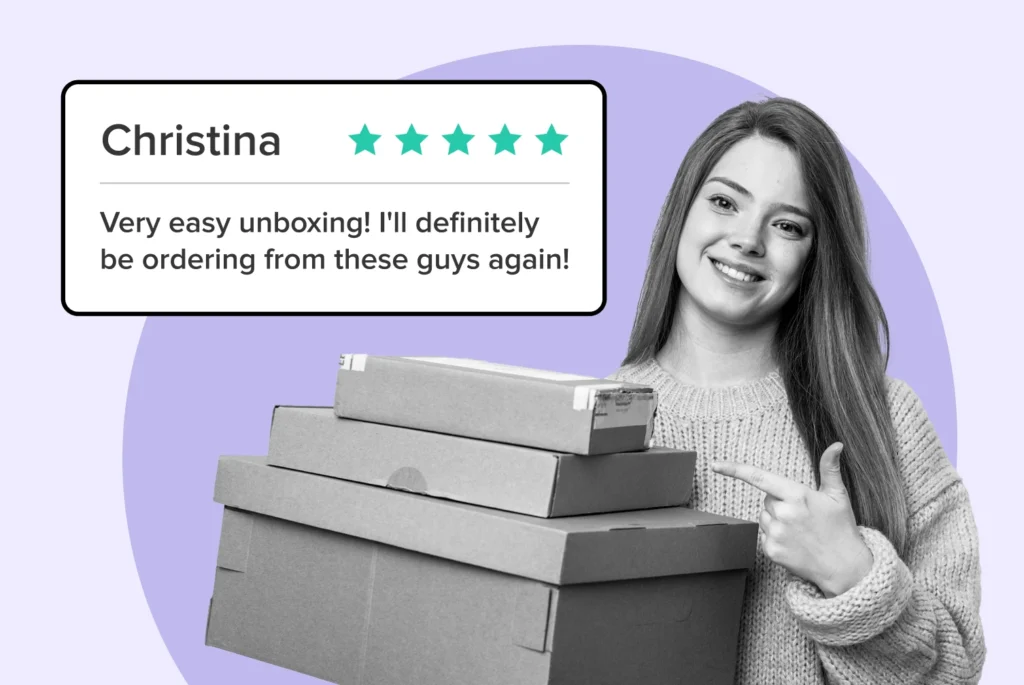
The design, benefits, and global impact of frustration-free packaging. Why it’s a smart choice for both consumers and businesses?

Let’s see the practical insights into the top-performing apps that UK merchants are using to thrive. No fuss, just the essentials!
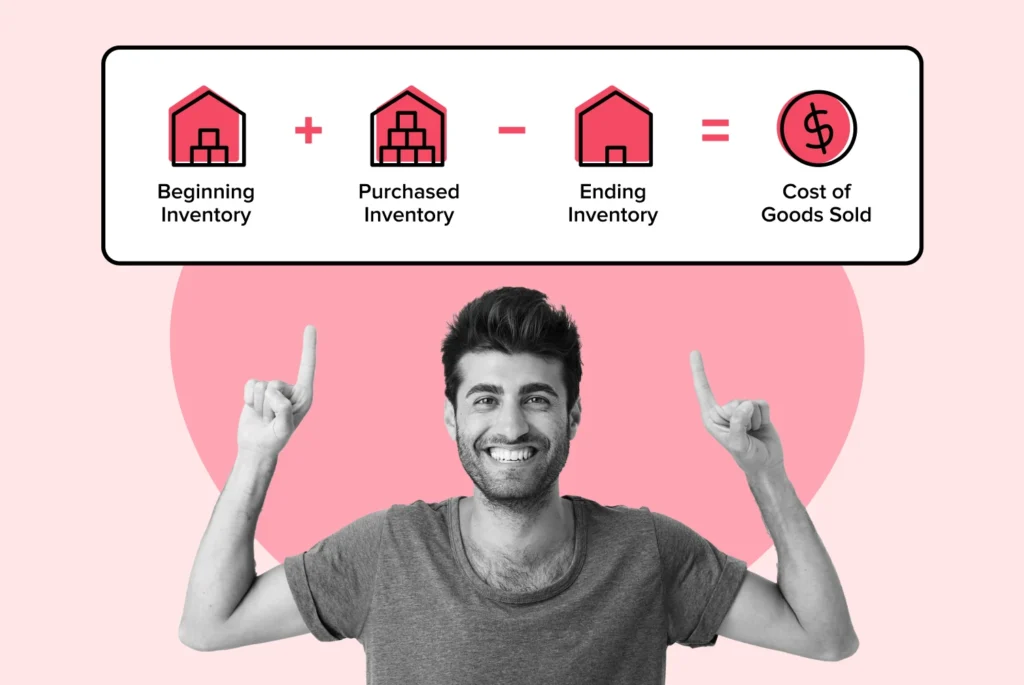
This article cuts through the complexity, serving up actionable steps to mitigate costs and capitalize on COGS insights!
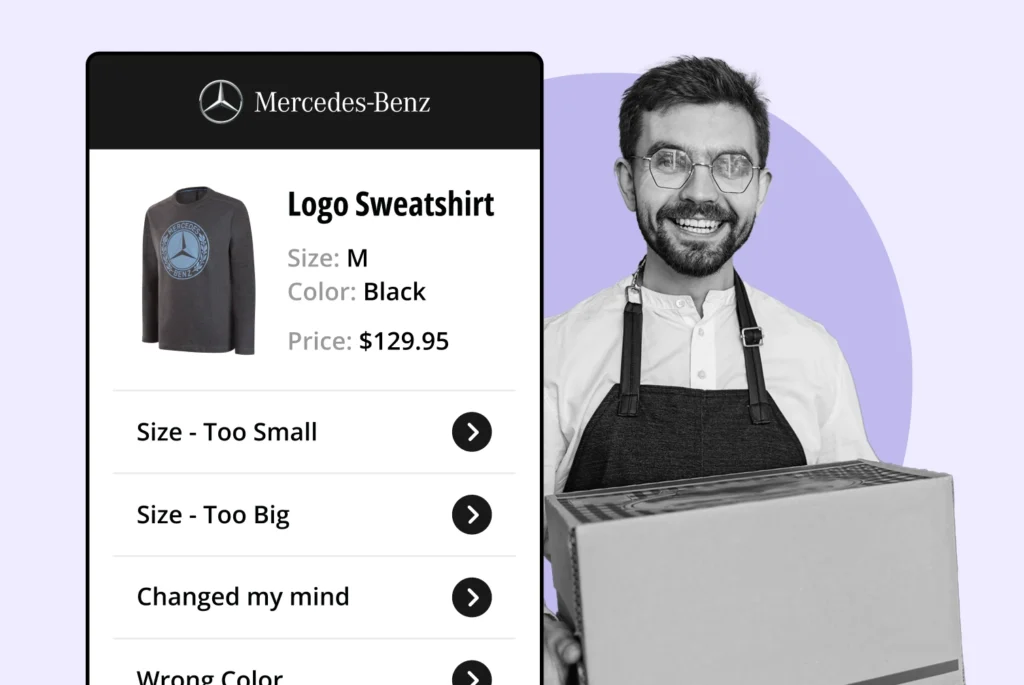
Let’s delve into the essential features that modern POS systems must offer to boost your retail ventures and why integrating them is crucial!

Dive into the technological advancements and consumer expectations set to innovate e-commerce strategies and consumer interactions in 2024.

Learn about their unique journeys, the challenges they’ve conquered, and the successes they’ve achieved through the Shopify platform!
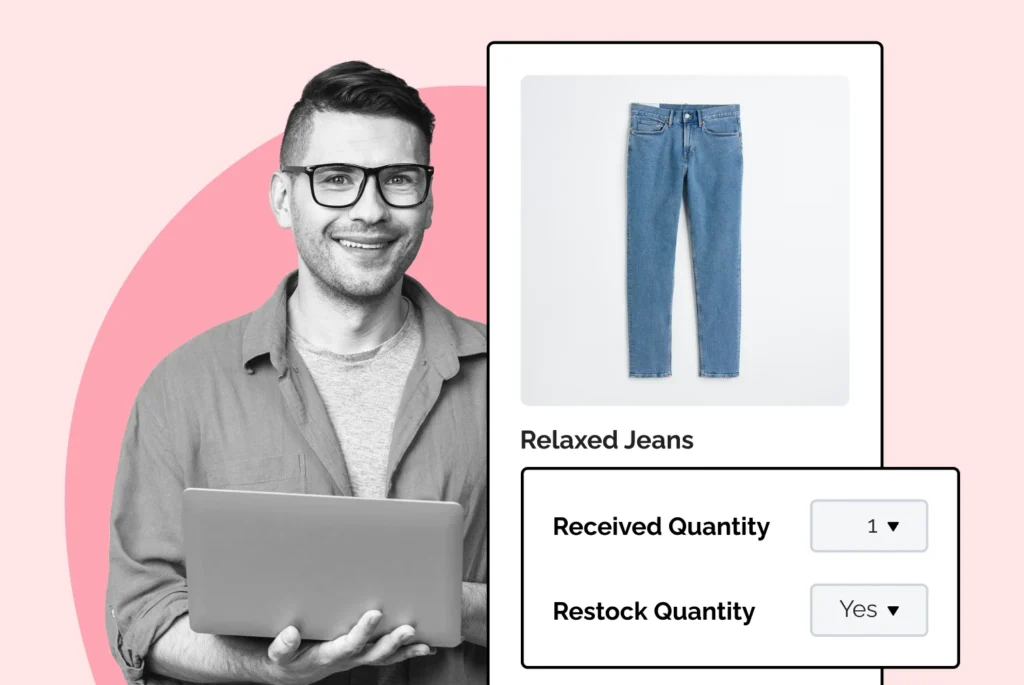
Let’s demystify the inventory turnover ratio! How to calculate it, interpret it, and benchmark it effectively to improve your business.